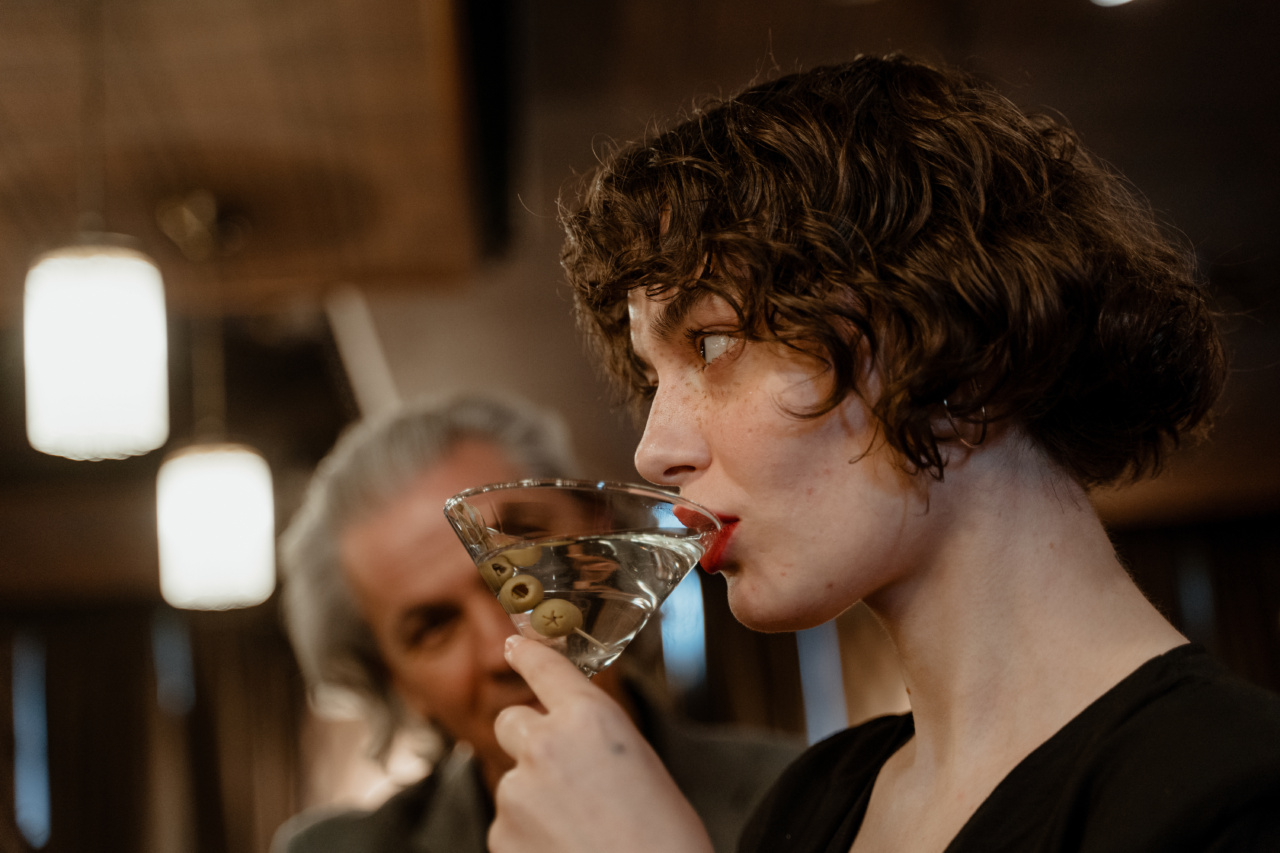Olives are a popular snack and ingredient in many dishes. They are known for their distinct taste and texture, and are often enjoyed on their own, in salads, or as toppings on pizzas and sandwiches.
However, what many people may not realize is that olives sometimes come with a small, hair-like structure attached to them. This hair-like structure, known as a pedicel, is actually part of the olive fruit and connects it to the tree.
The danger of consuming olives with hair
While the presence of pedicels on olives may seem harmless, it is important to know that there are potential risks associated with consuming olives with hair. Here are a few reasons why:.
1. Choking hazard
The primary risk of consuming olives with hair is the potential for choking. The hair-like pedicels can become lodged in the throat or airway, especially in small children, the elderly, or individuals who have difficulty swallowing.
Choking on a pedicel can be a serious and potentially life-threatening situation, requiring immediate medical attention.
2. Digestive issues
Consuming olives with pedicels can also lead to digestive issues. The hair-like structures are not easily digested and may cause discomfort, bloating, or abdominal pain.
In some cases, the pedicels can become lodged in the digestive tract, leading to more serious complications such as intestinal blockage or perforation.
3. Irritation and inflammation
The pedicels on olives can have a rough texture and may irritate the delicate tissues in the mouth, throat, and gastrointestinal tract. This can result in inflammation, soreness, and discomfort.
Individuals with a history of mouth ulcers or gastrointestinal conditions may be particularly susceptible to these effects.
4. Allergic reactions
Some individuals may have an allergic reaction to the pedicels on olives. Symptoms can range from mild to severe and may include itching, swelling, hives, difficulty breathing, or anaphylaxis.
If you have known allergies or suspect you may be allergic to olives or related fruits, it is best to avoid consuming olives with hair.
5. Contaminants and pesticides
The presence of pedicels on olives can serve as a surface for contaminants or pesticides to cling onto. If the olives have not been properly washed or treated, consuming olives with hair may increase the risk of exposure to harmful substances.
It is important to ensure that the olives you consume are from reputable sources and have undergone proper sanitation procedures.
Preventing the risks
Although consuming olives with pedicels can pose risks, there are some steps you can take to prevent these potential dangers:.
1. Inspect and remove pedicels
Before consuming olives, take a few moments to inspect them for any pedicels. If you spot any hair-like structures, use small kitchen scissors or a clean pair of tweezers to gently remove them. Be careful not to squeeze or crush the olives in the process.
Discard olives that cannot be safely cleaned.
2. Purchase pre-pitted olives
An easy way to avoid the risk of consuming olives with hair is to purchase pre-pitted olives. These olives have had the pits, along with any attached pedicels, already removed.
This can save you the time and effort of cleaning and pitting the olives yourself.
3. Opt for hairless alternatives
If you are concerned about the risks associated with olives with hair, you can choose alternative options.
Look for olives that are specifically marketed as hairless or pitted, or explore other types of brined or marinated vegetables as a flavorful substitute.
4. Be cautious when serving olives to children
Children are particularly vulnerable to choking hazards, so it is important to exercise caution when serving olives to young children.
Always remove pedicels from olives before offering them to children, and ensure that they are supervised while eating to prevent choking accidents.
Conclusion
While olives are generally a delicious and nutritious snack, they can pose risks when consumed with hair-like pedicels. The potential dangers include choking hazards, digestive issues, irritation, allergic reactions, and exposure to contaminants.
By taking precautions such as inspecting and removing pedicels, purchasing pre-pitted olives, opting for hairless alternatives, and being cautious with children, you can minimize the risks associated with consuming olives with hair. Enjoy your olives safely and responsibly!.































